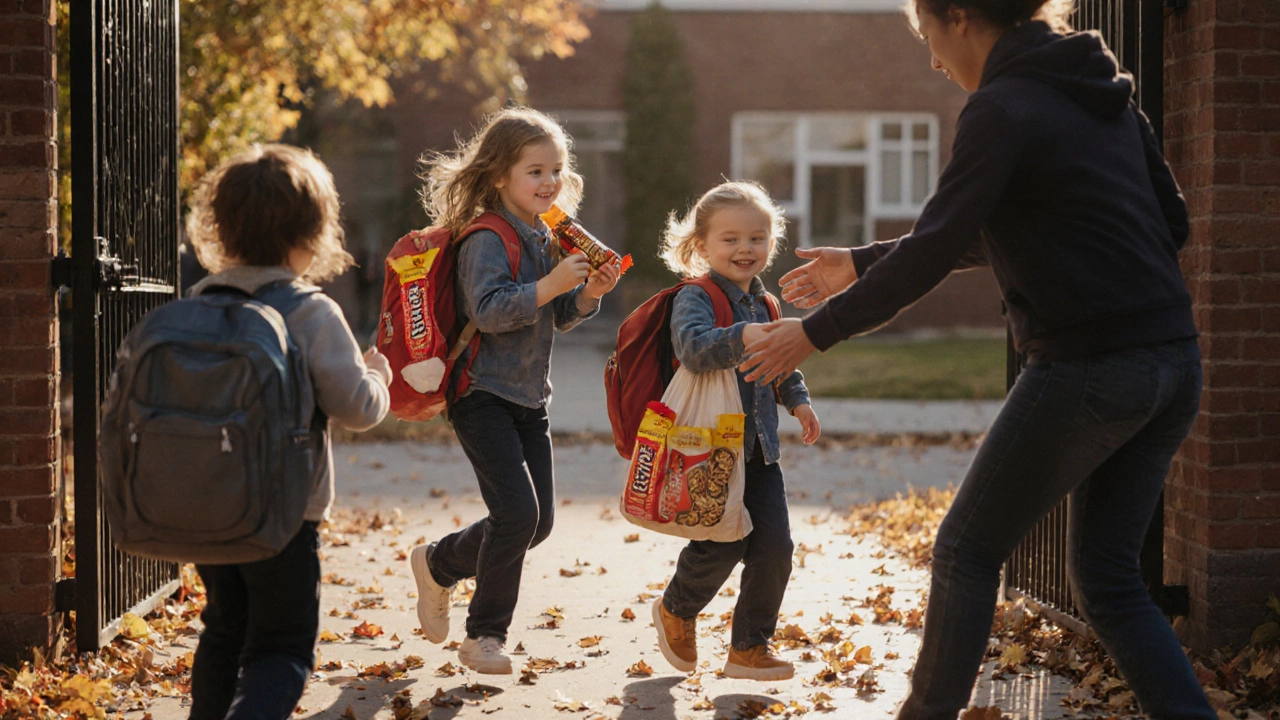School Nutrition: What Works, What Doesn’t, and How to Make It Better
When we talk about school nutrition, the system of meals and dietary support provided to students during the school day. Also known as child nutrition programs, it’s not just about filling bellies—it’s about keeping kids alert, healthy, and ready to learn. In places like Varanasi, where many families struggle to put three meals on the table, what happens in the school cafeteria can be the difference between a child thriving or falling behind.
school meals, the daily food service offered in educational institutions to support student health and learning need to be more than just cheap calories. They need protein, iron, vitamins, and fresh ingredients. Too many programs rely on processed foods because they’re easy to store and serve—but that’s not what growing bodies need. Real success comes from programs that partner with local farmers, cook meals from scratch, and involve students in choosing what’s on the menu. When kids help pick the vegetables or grow them in a school garden, they’re more likely to eat them. That’s not magic—it’s basic psychology.
food programs for students, structured initiatives that provide regular, nutritious meals to children in educational settings also need to be inclusive. A child who’s hungry won’t focus on math. A child who feels ashamed to eat free lunch won’t ask for help. The best programs don’t just hand out food—they remove stigma, build dignity, and treat every meal as a right, not a charity. In communities where poverty is common, these programs become lifelines—not just for the child, but for the whole family.
And it’s not just about what’s on the plate. nutrition in education, the integration of healthy eating habits and food literacy into the school curriculum matters too. Teaching kids why vegetables matter, how to read a food label, or where rice comes from turns meals into lessons. It’s not extra work—it’s part of real learning. Schools that combine good food with good teaching see better attendance, fewer behavior issues, and higher test scores.
What you’ll find here aren’t just ideas. These are real stories from schools and communities that got it right—and others that tried and failed. You’ll see how simple changes, like swapping soda for milk or adding a fruit break between classes, made huge differences. You’ll learn what supplies actually help, what donations fall flat, and how volunteers can make real impact without overcomplicating things. No fluff. No slogans. Just what works, what doesn’t, and how to fix it.

Why Are Kids So Hungry After School?
- Oct, 30 2025
- 0
Kids are often ravenous after school due to long gaps between meals, high energy use, and snacks that don't last. After-school clubs make it worse by extending the day without food. Simple fixes can help.
Categories
- Volunteering (40)
- Environment (36)
- Youth Programs (32)
- Charity Events (30)
- Homelessness (28)
- Charitable Organizations (26)
- Community Outreach (26)
- Community Support (18)
- Finance (12)
- Education (10)
Archives
- December 2025 (7)
- November 2025 (8)
- October 2025 (23)
- September 2025 (4)
- August 2025 (8)
- July 2025 (31)
- June 2025 (29)
- May 2025 (30)
- April 2025 (31)
- March 2025 (30)
- February 2025 (28)
- January 2025 (33)
- charity events
- after-school clubs
- community outreach
- community service
- charitable trust
- philanthropy
- volunteering
- environmental groups
- homeless shelters
- volunteer opportunities
- community engagement
- mental health
- charity
- student engagement
- charitable giving
- community help
- donations
- volunteer
- estate planning
- youth organizations